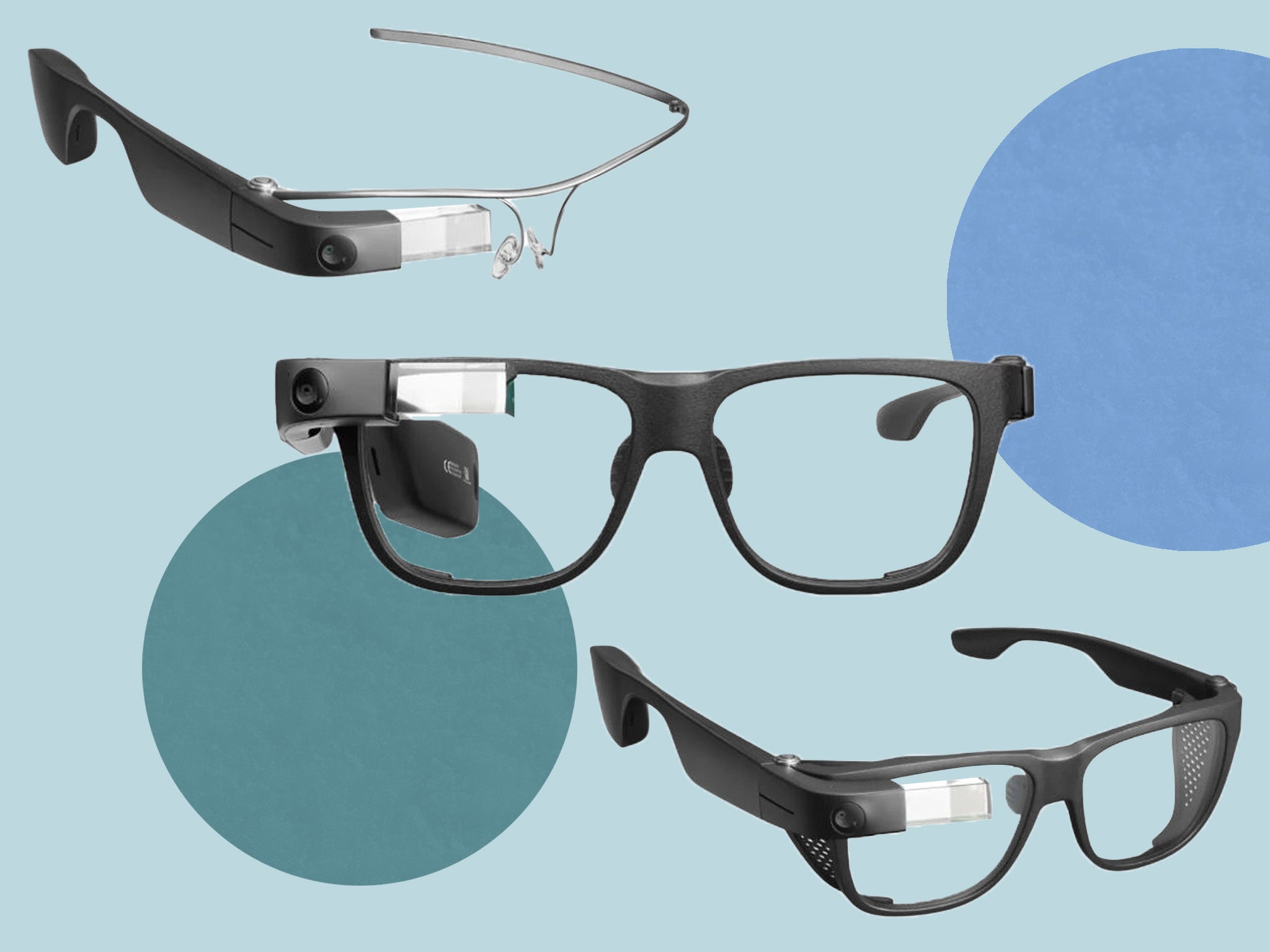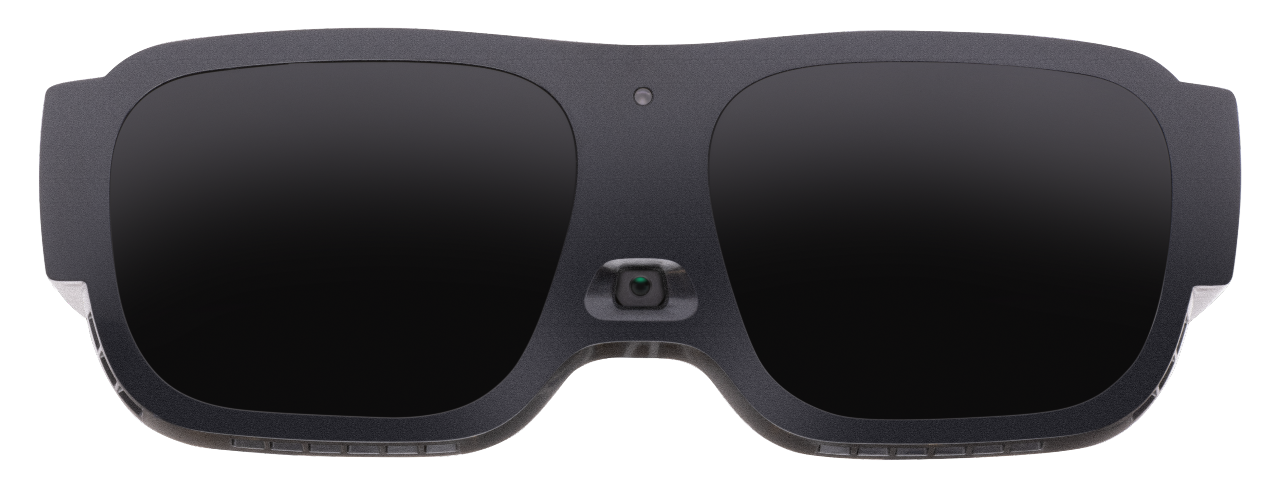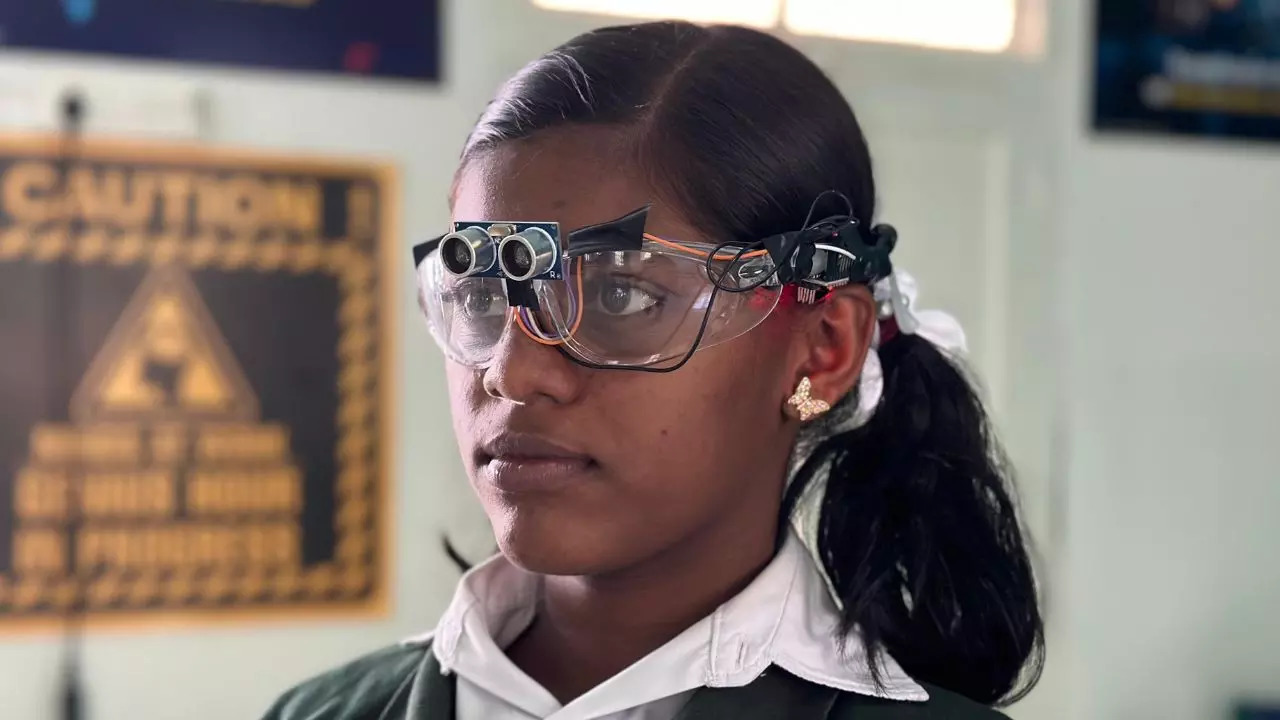Wearable Technology for Low Vision: Transforming How We Navigate the World
Wearable Technology for Low Vision: Transforming How We Navigate the World
Blog Article
Enhancing Ease Of Access With Assistive Technology for the Blind
The combination of assistive technology for the blind represents a critical development in accessibility, basically changing how individuals navigate their atmospheres and engage with society. From display viewers to ingenious smart walking canes, these tools not just boost independence but likewise promote inclusivity in different spheres of life. As we discover the diverse types of assistive devices and their substantial influences on daily living, it becomes important to analyze exactly how ongoing technological improvements are improving the landscape of assistance for the blind area. What ramifications do these advancements hold for the future of availability?
Overview of Assistive Modern Technology
Assistive innovation refers to a variety of tools and software application designed to boost the abilities of people with handicaps, consisting of those who are visually impaired or blind. This innovation plays a crucial duty in promoting independence and enhancing the lifestyle for individuals. By offering alternative approaches for accessing information and doing day-to-day jobs, assistive technology encourages people to navigate their settings extra successfully.
The development and application of assistive innovation embrace a variety of principles targeted at cultivating access. These concepts consist of user-centered layout, which focuses on the requirements and choices of the individual, and the integration of technology into daily activities. Such advancements make sure that assistive devices are not just functional but additionally instinctive and very easy to use.
In addition, assistive modern technology encompasses a diverse spectrum of solutions, from low-tech alternatives like magnifiers to state-of-the-art technologies such as screen viewers and Braille displays. The continuous advancement of this field is driven by the need to address the one-of-a-kind difficulties encountered by individuals with aesthetic impairments (Wearable technology for low vision). As innovation remains to advancement, the capacity for boosting availability and promoting inclusivity continues to be encouraging, ultimately adding to a more equitable culture

Sorts Of Assistive Instruments
Countless kinds of assistive tools are readily available to sustain individuals who are visually impaired or blind, each created to address certain requirements and challenges. These devices can be extensively classified right into three major types: low-tech, mid-tech, and state-of-the-art remedies.
Low-tech devices include products such as magnifiers, Braille labels, and responsive maps. These are reasonably simple tools that enhance the individual's capability to connect with their atmosphere without requiring complicated innovation.
Mid-tech gadgets usually include a lot more sophisticated functions, such as digital magnifiers and portable Braille note-takers. These tools can offer performances like speech outcome, enabling users to access info much more effectively.

Influence On Daily Living
The accessibility of various assistive devices substantially improves the high quality of life for people that are aesthetically impaired or blind, influencing their day-to-day living in extensive methods. By incorporating technologies such as screen viewers, Braille shows, and audio description services right into their regimens, individuals get greater autonomy and self-reliance. These devices assist in accessibility to information, allowing individuals to do day-to-day tasks, such as reading emails, navigating public spaces, and appreciating media material.
Additionally, assistive tools empower Read Full Article people to involve more fully in social communications and neighborhood activities. The capability to utilize smartphones furnished with access functions enables for seamless communication and connection with others. This connectivity fosters a feeling of belonging and reduces sensations of seclusion.
In professional settings, assistive modern technology supports efficiency by enabling people to complete work tasks effectively. Tools like voice recognition software program and specialized magnifying tools make it possible for individuals to take part in the labor force on equal footing with their sighted peers.

Improvements in Innovation
Current technological innovations have actually significantly changed the landscape of tools available for people that are blind or aesthetically impaired. The combination of fabricated knowledge (AI) and maker learning has actually triggered applications that enhance navigating and item recognition. Smartphone applications can now utilize AI to determine and describe surroundings in real-time, offering individuals with important contextual details.
In addition, improvements in haptic technology have resulted in the development of smart walking sticks equipped with sensors that spot obstacles and offer tactile comments. This empowers customers to navigate their setting with boosted self-confidence and self-reliance. Developments in text-to-speech software and braille display screens have boosted the ease of access of digital content, allowing for smooth communication with numerous media.
Wearable technologies, such as wise glasses, are also making strides in assisting visual impairment. As innovation proceeds to advance, the potential for also more transformative tools stays on the horizon.
Future Trends and Innovations
As innovation swiftly advances, the future of assistive site link devices for people who are blind holds tremendous pledge. Developments in expert system (AI) and artificial intelligence are positioned to change the way blind individuals engage with their settings. AI-driven applications are being developed to boost object recognition, permitting customers to recognize and navigate their environments with better ease and precision.
Moreover, innovations in haptic responses innovation are allowing the production of responsive maps and navigating aids that give real-time details through touch. These innovations not only improve flexibility however also foster freedom. Furthermore, wearable tools equipped with increased fact (AR) attributes are emerging, using customers visual details through sound summaries, thus connecting the void between the physical and electronic worlds.
Moreover, the integration of wise home innovation offers new chances for accessibility, permitting people to control their living settings via voice commands or smartphone applications. As partnership in between tech designers and the blind neighborhood continues, the concentrate on user-centered design will certainly make sure that future developments are tailored to fulfill the one-of-a-kind needs of this population (Wearable technology for low vision). The trajectory of assistive modern technology guarantees a more empowering and comprehensive future for individuals who are blind
Verdict
In conclusion, assistive modern technology plays a critical role in enhancing access for people with visual problems. The diverse variety of tools, including display viewers and wise walking canes, considerably boosts day-to-day living and cultivates independence. Continuous improvements in modern technology and find an eye doctor user-centered layout make sure that these tools cater efficiently to the unique needs of the blind neighborhood. As developments progress, boosted inclusivity and empowerment can be expected, inevitably enhancing the top quality of life for those impacted by visual disabilities.
The combination of assistive innovation for the blind represents a pivotal development in ease of access, basically changing how people navigate their settings and involve with culture.Assistive innovation refers to a range of gadgets and software application made to enhance the capacities of individuals with disabilities, including those who are aesthetically impaired or blind. Wearable technology for low vision.As modern technology quickly progresses, the future of assistive tools for individuals who are blind holds enormous assurance. The trajectory of assistive technology promises a much more empowering and inclusive future for people that are blind
In final thought, assistive innovation plays a critical duty in enhancing accessibility for individuals with aesthetic problems.
Report this page